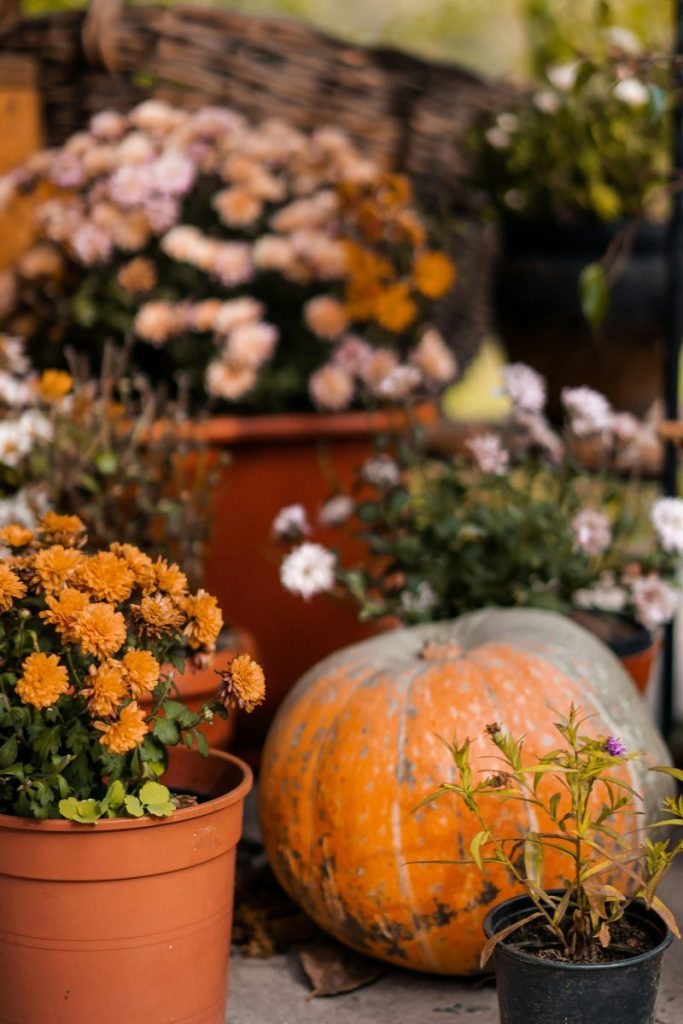
As the leaves change and the air turns crisp, fall is the perfect season to get your home ready for winter. A few well-timed maintenance tasks now can spare you big repair bills later. Here are 7 fall must-dos that homeowners swear by - from builders, home inpectors, trusted trades, and our own real estate experts here at Coldwell Banker Preferred.
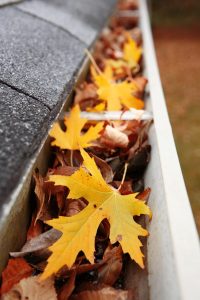
1. Inspect the roof and clear the gutters (prevent leaks and ice dams)
Why: Manitoba’s freeze-thaw swings and heavy snow loads can expose weak spots on roofs and create ice dams if gutters are clogged.
What to do: From the ground or with binoculars, look for missing/curled shingles, damaged flashing around vents/chimneys, and sagging or clogged eavestroughs. Clean gutters after most leaves have fallen and make sure downspouts direct water well away from the foundation. If you spot damage, get a roofer to repair flashing or replace shingles before winter.
2. Service your furnace and change filters (for efficiency and safety)
Why: A fall HVAC check keeps heat reliable and efficient — and helps prevent mid-winter failures.
What to do: Replace or clean furnace filters, check for odd smells or noises, and schedule a pro HVAC tune-up if it’s been more than a year. Early-season scheduling often gets you faster appointments and better pricing than last-minute calls in December.
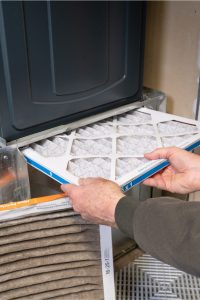
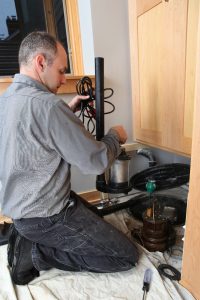
3. Test and winterize your sump pump / basement drainage
Why: Frozen discharge lines or a failed sump pump can mean costly basement flooding — a frequent worry in Winnipeg area homes.
What to do: Test the pump by pouring water into the pit until it activates. Remove any flexible discharge hoses from exterior faucets at 0°C and consider installing something to divert the water away from your home. This can range between a simple pre-made splash block or a more elaborate pipe system. If the slope is good outside your foundation where the sump discharge pipe is located, and the drainage also satisfactory, you may be able to place a block or pad directly below the pipe. This should prevent a small crater from forming in the soil when it is not yet fully frozen. If in doubt, call a plumber or basement/waterproofing pro.
4) Seal gaps, check weatherstripping, and top up insulation
Why: Small air leaks around windows, doors, and rim joists silently drive up heating bills and let in drafts.
What to do: Replace worn weatherstripping on exterior doors, add caulking around window frames and exterior penetrations, and check attic insulation levels for any gaps, compressed areas, or spots where insulation has shifted away from the joists. Examine the sofit vents to ensure there is nothing blocking airflow to ensure proper ventilation.
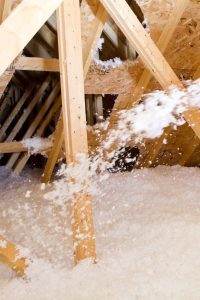
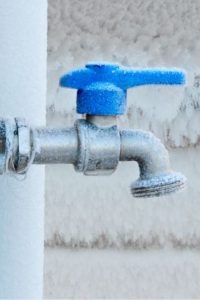
5. Winterize outdoor plumbing & irrigation
Why: Frozen outdoor taps and irrigation lines can burst and cause water damage.
That to do: Disconnect your outdoor hoses. Then, drain and shut off the water supply leading to any outdoor faucets – those are the first to freeze.
After turning off the water supply (shut off valves inside the house), leave outdoor taps slightly open for a minute or two to ensure any remaining water drains before it freezes and expands.
If you have in-ground irrigation, follow the manufacturer or contractor’s recommended winter drain procedure.
6. Clean & inspect chimneys, fireplaces, and wood stoves
Why: Creosote and flammable soot buildup and blocked flues are fire hazards; proper servicing improves safety and performance.
What to do: If you use a fireplace or wood stove, have the flue inspected and swept when needed. Inspect chimney caps and flashing, the bricks and mortar, and the dampers. Ensure air is circulating freely and that there are no obstructions in the air openings — and never start the heating season with more than a quick visual check if you burn wood regularly.
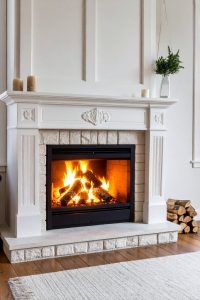
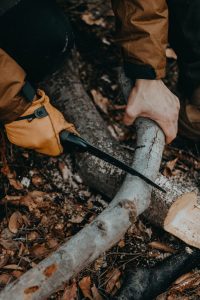
7) Trim trees, secure exterior fixtures, and prep for snow
Why: Wind, ice, and heavy snow weigh on branches and loose fixtures — a broken limb or loose siding can damage your home (or a neighbor’s car).
What to do: Trim overhanging limbs away from the roof, check exterior caulking and siding for places water could get in, and move or secure outdoor furniture and seasonal decor. Make a simple plan for snow removal access (walkways, entrances, HVAC clearances) so snow season isn’t an emergency scramble.

Fall in Manitoba is short — but taking a few weekends now to prepare your home can save you headaches (and money) once winter settles in. These small maintenance steps not only protect your biggest investment but also boost comfort, energy efficiency, and resale appeal. Whether you’re planning to stay cozy all winter or thinking about listing in the spring, a well-cared-for home always stands out.
If you ever need trusted local professionals or more seasonal home advice, connect with your Coldwell Banker Preferred Real Estate team — we’re always here to help you protect, maintain, and love where you live.
